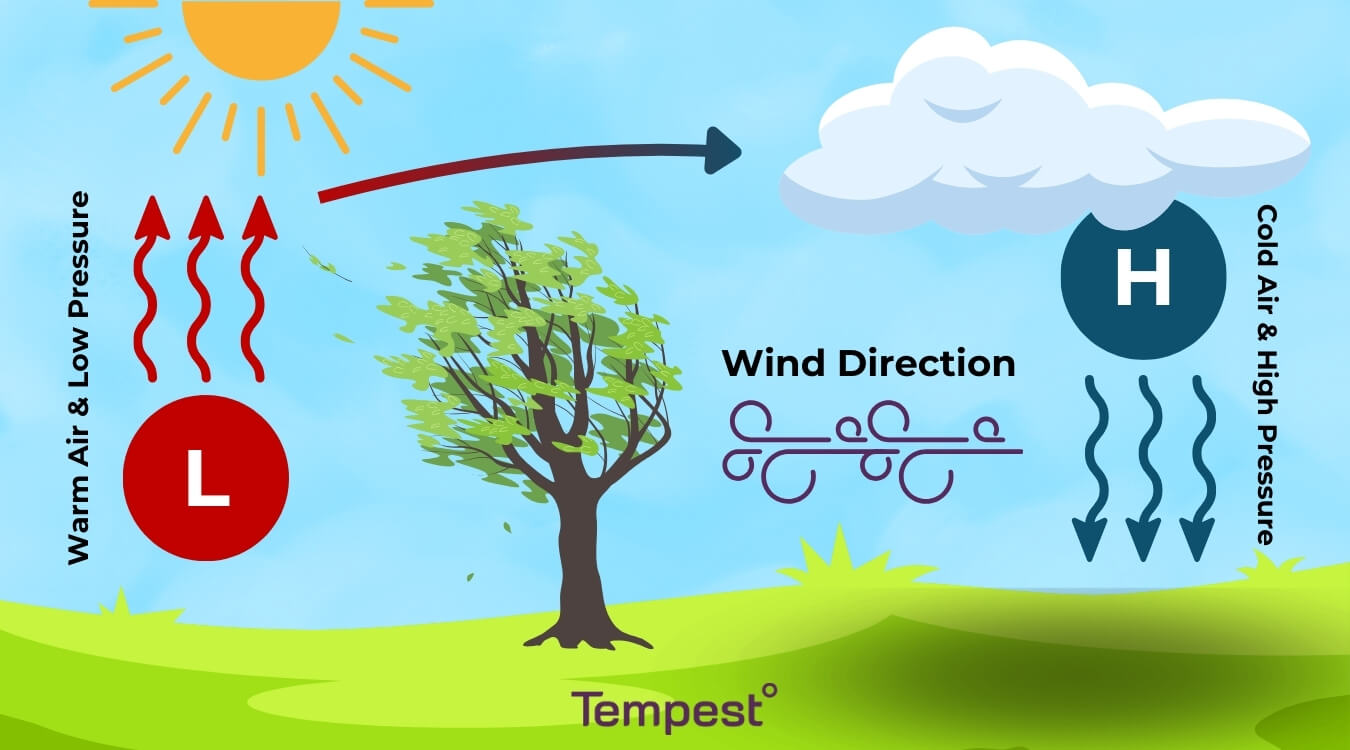Wind resistance is an intriguing concept, weaving through the intricate tapestry of physics and illustrating the delicate dance between nature and human engineering. Often overlooked, wind resistance serves as a formidable unseen force that shapes everything from the design of vehicles to the architecture of skyscrapers. It is the invisible hand that guides innovation, compelling creators to confront the elemental power of air in motion. While wind itself is intangible, the forces it exerts can be profound, dictating the safety, efficiency, and functionality of countless objects in our environment.
To comprehend wind resistance, one must first grasp its fundamental principles. In essence, wind resistance, or drag, occurs when an object encounters the movement of air. This interaction creates a force that opposes the object’s motion, influencing its velocity and trajectory. Various factors such as shape, surface texture, and speed play pivotal roles in determining the degree of resistance encountered. Much like navigating a turbulent river, where the current shapes the path one must take, navigating through the air requires astute consideration of this resistance.
Consider the metaphor of a bird in flight. As it soars through the atmosphere, the wings spread wide, translating the force of wind into graceful movement. The bird’s body is not merely an entity in the air; it is a sophisticated marvel of evolution, intuitively optimized to mitigate the repercussions of drag. Its streamlined form and feathery surface exemplify nature’s instinctual grasp of aerodynamics. In this manner, understanding wind resistance transforms into a dance with nature—an exploration of the limits of possibility.
The effects of wind resistance extend far beyond the realm of birds. In engineering, the implications are substantial. Automobiles, for instance, are meticulously crafted to reduce drag, enabling them to glide through the atmosphere with minimal obstruction. The contours of a car’s frame are not arbitrary; they are the result of extensive aerodynamic calculations. Manufacturers employ sophisticated simulations and wind tunnel testing to refine their designs, thereby enhancing fuel efficiency and performance. In this regard, a vehicle becomes a vessel of ingenuity, utilizing the forces of wind rather than merely contending with them.
As we delve deeper, we encounter the realm of sports, where athletes and equipment manufacturers alike labor tirelessly to optimize performance for maximum efficiency against wind resistance. Cyclists, for instance, dress in snug-fitting garments designed to reduce drag while pedaling at high speeds. The shape of racing bicycles resembles that of a sleek torpedo, pushing the boundaries of aerodynamics to achieve unprecedented velocity. In these instances, victories are not merely a testament to physical prowess, but also to an intricate understanding of wind’s invisible influence.
Architecture, too, is profoundly affected by wind resistance. When constructing towering skyscrapers, architects and engineers must develop designs that not only suffice aesthetic aspirations but also withstand the relentless forces of atmospheric dynamics. The Burj Khalifa, for instance, incorporates a unique triple-lobed footprint that effectively mitigates the effects of wind, thereby ensuring structural integrity. Each curve and angle is a calculated response to nature’s whims, a testament to human resilience and creativity in the face of elemental forces.
Wind resistance also presents unique challenges in the realm of renewable energy. Wind turbines, heralded as a pinnacle of sustainable engineering, must navigate the forces of nature effectively to harness wind energy for electricity generation. The blades spin gracefully, yet the engineers must contend with not only the wind’s energy but also its resistance. Designing blades that capture maximum energy while minimizing drag is a symbiotic relationship with the environment, marrying technology and nature in an ongoing collaboration.
Venturing further, the interaction with wind resistance extends into the realm of personal wearables such as outdoor apparel. The design of jackets and gear is calibrated not only for thermal insulation but also to reduce drag during activities like skiing or cycling. An athlete clad in weather-resistant attire is akin to a well-engineered machine; each thread and seam purposefully crafted to work harmoniously with the surrounding air. This interplay between human ingenuity and environmental interaction illustrates a profound recognition of one’s place within the natural world.
However, understanding wind resistance is not solely confined to technological advancements or athletic pursuits. It serves as an essential reminder of our larger relationship with our environment. As climate change exacerbates extreme weather patterns, the influence of wind becomes increasingly palpable. Strong winds can transform into destructive forces, with implications that challenge infrastructure, communities, and ecosystems alike. Engaging with the concept of wind resistance, therefore, invites a broader reflection on sustainability and our shared responsibility to protect the planet.
In conclusion, wind resistance acts as both a challenge and an ally in our exploration of the physical world. It serves as a reminder of the delicate equilibrium that exists between innovation and nature. From the avian architects of the sky to the engineers who shape our built environment, these interactions are emblematic of humanity’s enduring quest to harness the forces of nature while remaining rooted in a profound respect for our ecological surroundings. As we embrace these forces, we become not just spectators of the wind’s power but active participants in the harmonious symphony of life that it represents.
